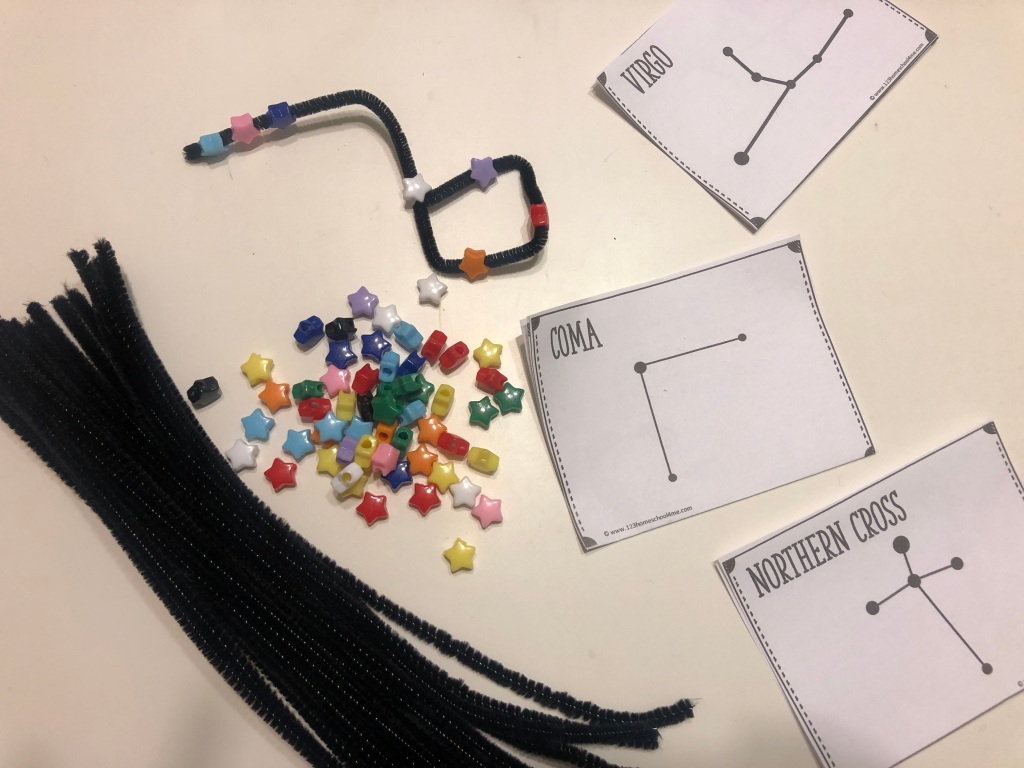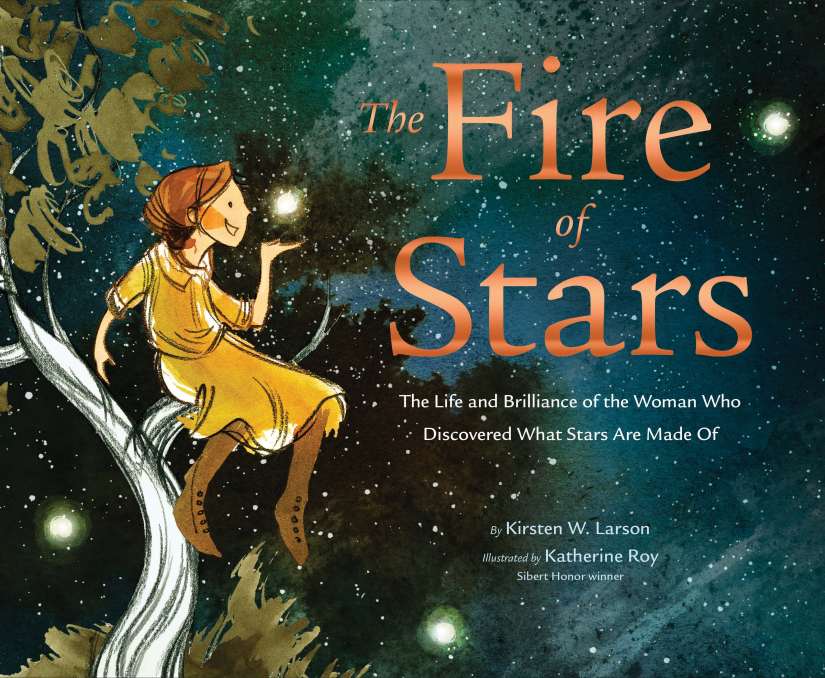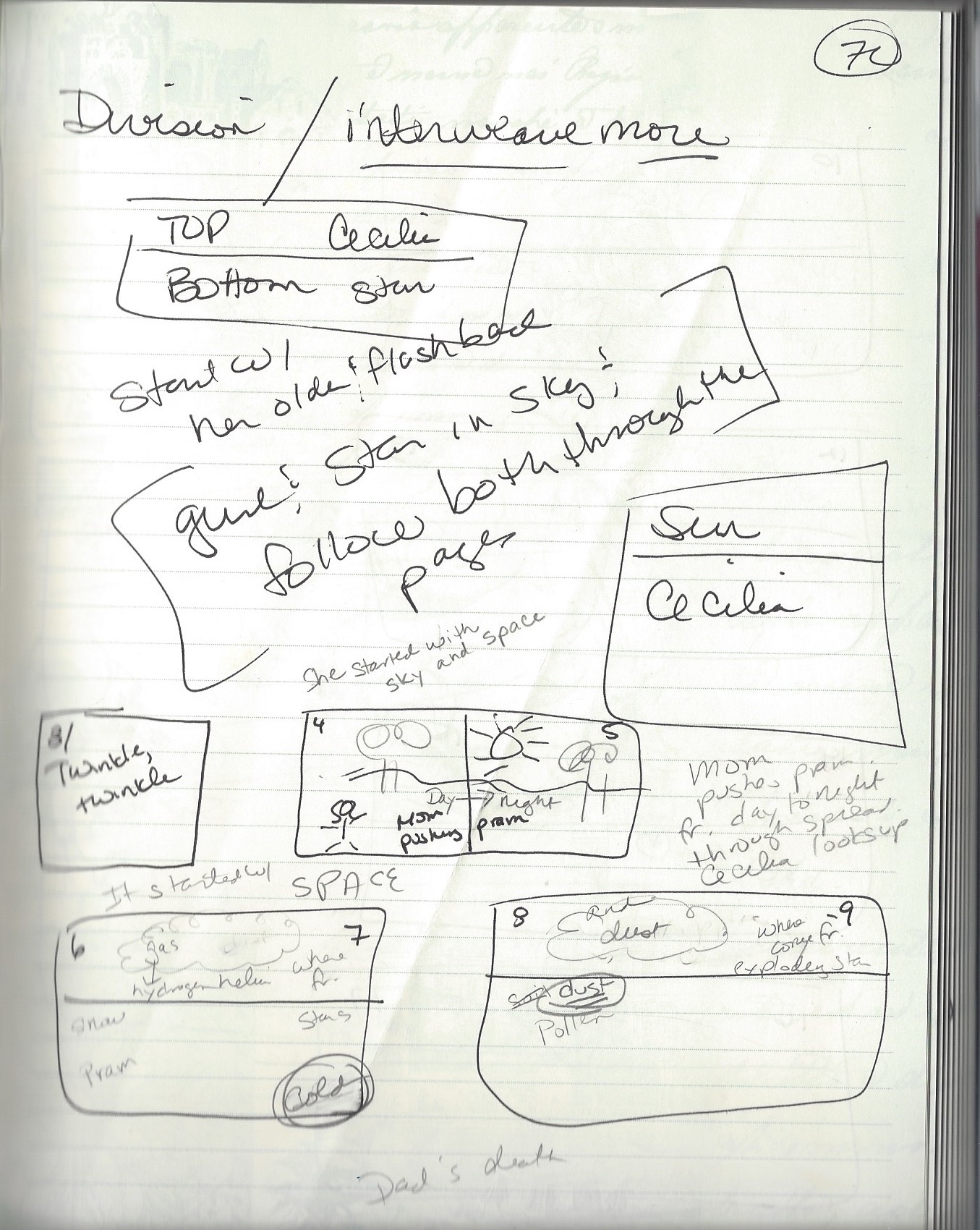
Looking for a simple activity to accompany THE FIRE OF STARS? Check out this pipe cleaner constellation activity from 123 Homeschool 4 Me. We did this activity at my Barnes & Noble book launch, and it was a huge hit.
What you need:
- Pipecleaners
- Star-shaped beads (I found a huge bag of them at Joann. Here they are.)
- Constellation printables (from Homeschool 4 Me)
- Scissors
What you do:
- Pick a constellation printable.
- Slip on the the appropriate number of beads.
- Space out the beads, bend, and shape until your constellation resembles the one on the card.
Note that some constellations, like the Northern Cross, may require adding a second pipecleaner plus trimming with the scissors. These more complex constellations are fun for older kids. Simpler constellations like Coma or the Big Dipper are easier for preschoolers.
We’ll make pipecleaner constellations at my upcoming event at Barnes & Noble Peninsula Town Center in Hampton, VA on Aug. 5 at 11 a.m. If you are in the Tidewater area, join me. Learn more here.









 It’s still warm — ok, hot — in our part of Southern California, so this experiment from
It’s still warm — ok, hot — in our part of Southern California, so this experiment from  Much to our parents’ chagrin, my husband and I still have “stuff” stashed in their attics on the other side of the country. My Mom and Dad boast my Barbie dolls. My in-laws house lots of LEGOs. Occasionally, our parents bring an extra suitcase brimming with childhood treasures: Fisher-Price campers, American Girl Dolls and the like.
Much to our parents’ chagrin, my husband and I still have “stuff” stashed in their attics on the other side of the country. My Mom and Dad boast my Barbie dolls. My in-laws house lots of LEGOs. Occasionally, our parents bring an extra suitcase brimming with childhood treasures: Fisher-Price campers, American Girl Dolls and the like. First I send a big thank you to fellow blogger
First I send a big thank you to fellow blogger 

